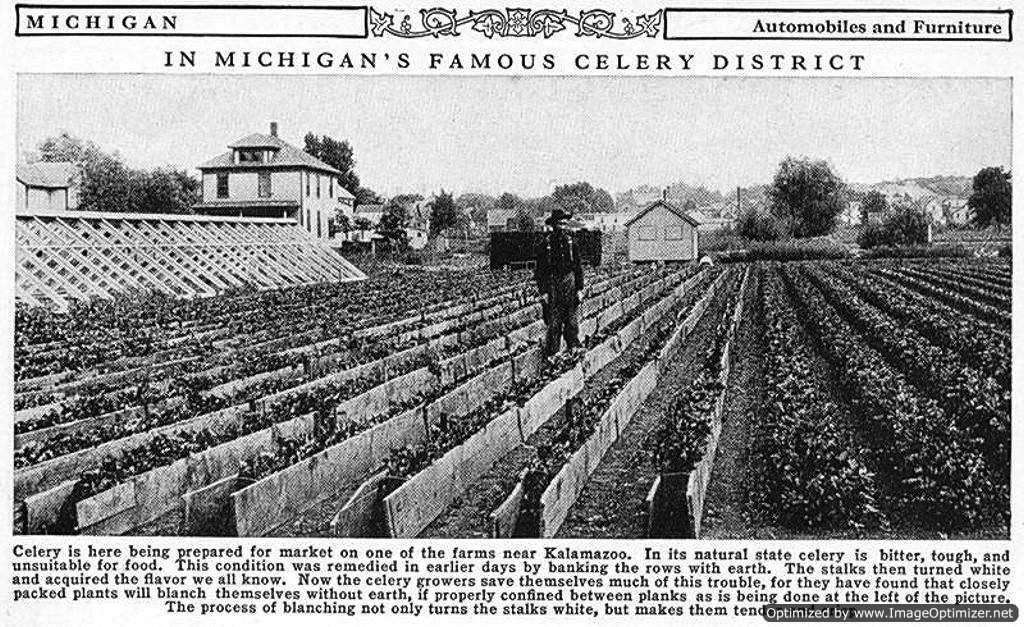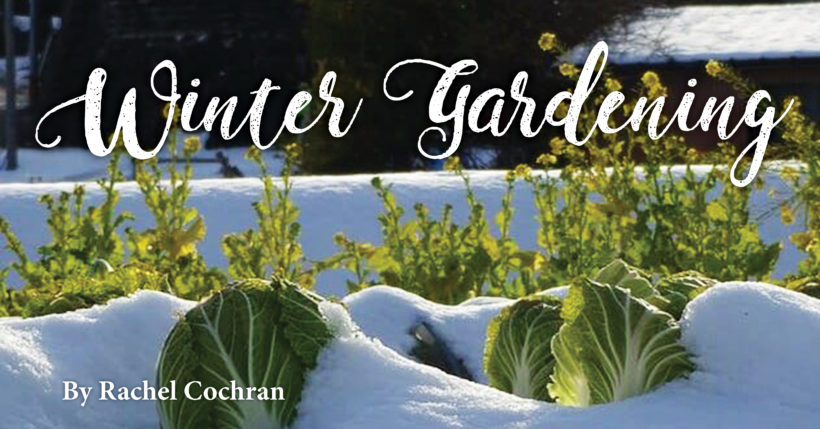The best way of preserving garden produce is to leave it right where it is, in the garden. That is especially true for root crops, such as radishes, beets, carrots, and parsnips, but even tomatoes can be kept after their normal season. With little more than a covering of earth and straw to help maintain a temperature of 30°F to 40ºF, many vegetables can be safely left in the ground from the end of one growing season to the start of the next. The main requirement for in-garden preservation is wintertime temperatures that are near or just below freezing.
Storing potatoes in the garden
There are many ways to store potatoes during the winter. Some of the old ways of preserving garden vegetables are being forgotten in today’s modern world. Here is one method many used when I was growing up on the farm here in North East Arkansas that is very efficient and works beautifully.
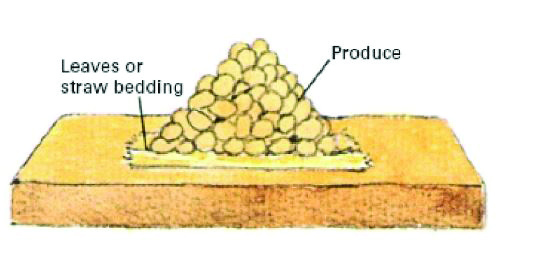
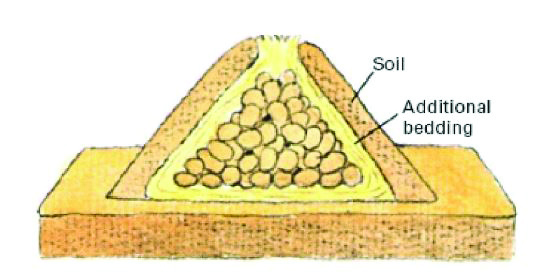
Cover produce with bedding and 4 in. of soil. Let bedding extend though soil for air.
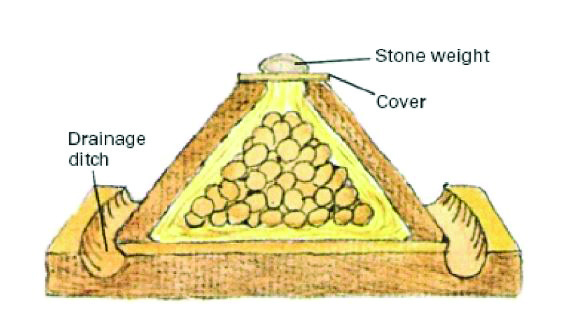
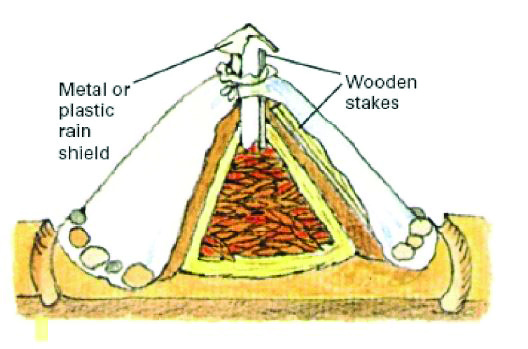
Cover large stacks with tarp; provide additional ventilation with wide central opening.
Celery, cabbage, leeks and other root goodies
Before refrigerators people came up with creative ways of harvesting their crops in order to sustain them during the winter. They didn’t rely on electricity. Many in todays society have really forgotten how to survive without modern technology. Here we explore some refreshing ways of storing root vegetables in the garden.



